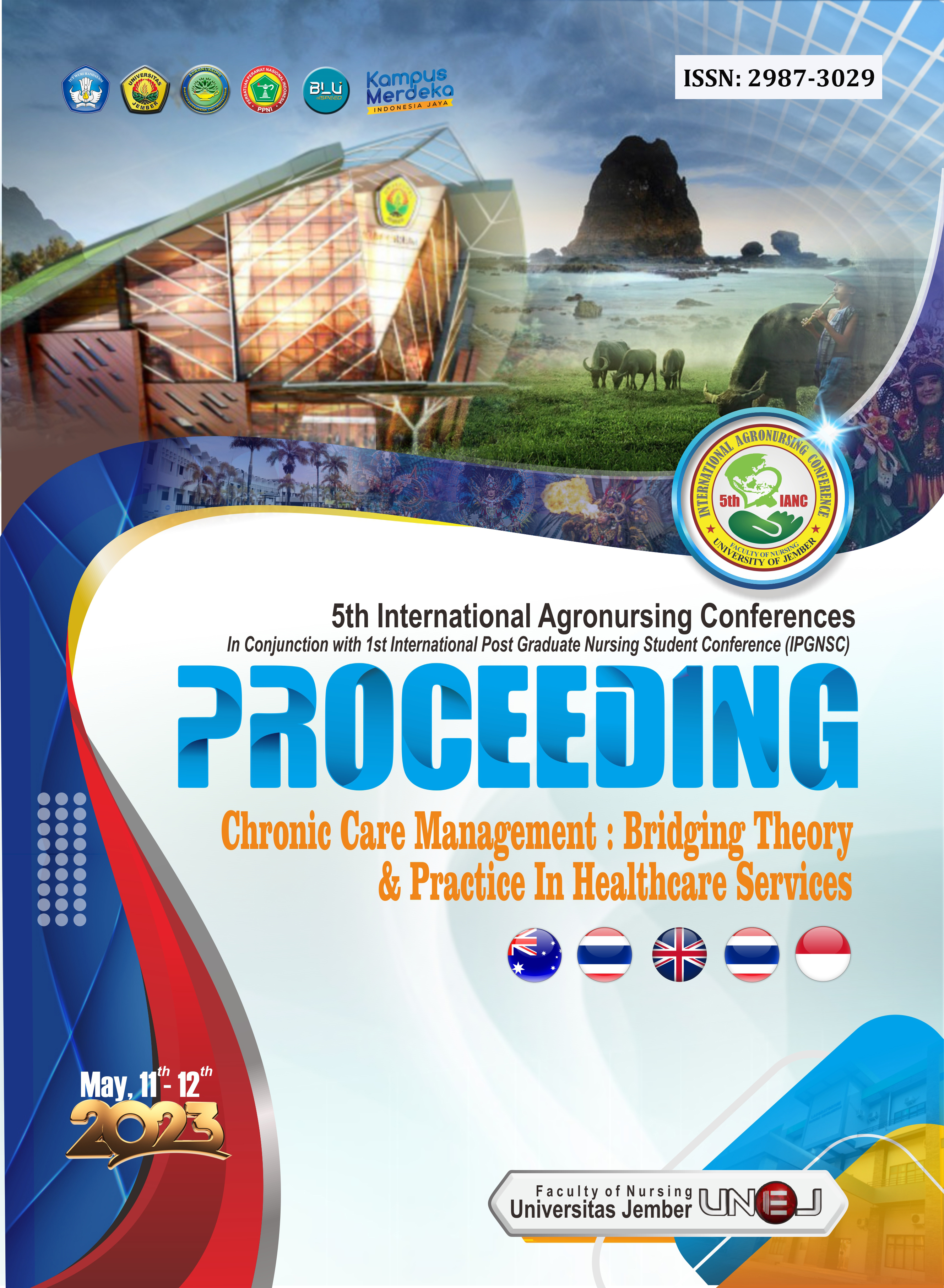STATEGIES TO IMPROVE FINE MOTOR DEVELOPMENT IN CHILDREN AT POSYANDU
Abstract
Background: Development in children has an impact on future failures. Fine motor development plays an important role in supporting children's skills in various ways. The purpose of this study was to analyze strategies to improve fine motor development in children at Posyandu. Methods: Systematic literature review. The databases used in this research are Science Direct, Google Scholar, and Garuda Journal. An assessment based on the Joanna Briggs Institute (JBI) Critical Appraisal Tools and a screening process using the PRISMA guidelines method resulted in 10 journal articles. Results: The achievement of fine motor development takes longer than gross motor development, so stimulation is needed, one of which is play therapy. Playing for children is an activity that cannot be separated. Playing can improve fine motor skills in children. One of the play therapies that can be done at the Posyandu is play therapy using puzzles, lego, finger painting, montage, papercraft, plasticine, sandplay, music, aromatherapy, playdough, paper, and rice with squeezing, folding and ATIK techniques (Observe, Copy, Work). Playing playdough forms fine motor skills with squeezing techniques, this skill implements hand-eye coordination which is related to cognitive skills. This game is carried out in preschool age children. Conclusions: Stimulation of fine motor development is important in children according to the developmental stage of the child's age. Stimulation can optimize fine motor development in children, and stimulation from an early age can minimize developmental delays in children. Keywords: Fine motor development, playing, children


